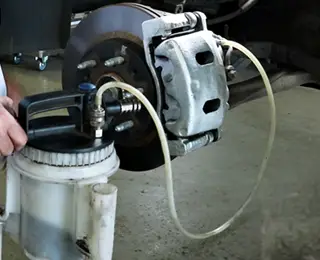Brake Bleeding vs. Fluid Exchanging: What’s the Difference?
When the brakes on your car or truck are working as expected, coming to a safe stop is effortless. However, when your brake fluid develops air bubbles or is contaminated by dirt or other debris, your brakes can lose stopping power. Brake bleeding, which involves manually pumping the air out of all four of your brake lines, can help improve braking for a time. Additionally, a full brake fluid flush or an exchange of all the brake fluid can help improve braking performance in the long term. Let’s take a look at the differences between brake bleeding and fluid exchanging and which option is the right choice to optimize your brakes.
The professionals at Les Schwab are specially trained to care for your brakes, including brake bleeding and fluid exchanging as needed. Schedule an appointment today.
Understanding Brake Fluid and Its Role in Safe Braking
So, what is brake fluid, and what does it do? First, brake fluid is a non-compressible, high-heat-resistant hydraulic fluid. When you press the brake pedal, pressure is added to the master cylinder. That pressure then pushes the brake fluid through special brake lines to the calipers, which in turn force the brake pads (disc brakes) or shoes (drum brakes) onto the rotor or drum. This slows your car or truck. While that’s a big part of the brake fluid’s job, it’s also a lubricant for your brake system as well as a fluid that protects against corrosion.
Over time, your vehicle’s brake fluid can get contaminated by dirt and moisture. That water can then turn into air bubbles under high heat, causing braking issues.
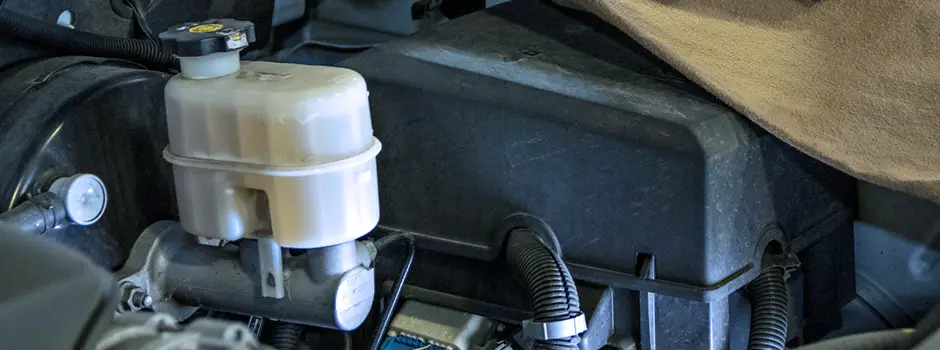
Les Schwab Tip: Be sure to check your brake fluid with every oil change. You’ll find the fluid reservoir in your engine compartment. If it’s low, it’s okay to add fluid. Just be sure it matches what is recommended by the manufacturer.
Brake Fluid Exchanges vs. Brake Bleeding
Both brake bleeding and brake fluid exchange are used to improve braking performance.
Brake bleeding is often done when:
- Brake pads or rotors are replaced
- Brake lines or hoses are repaired
- Brake fluid is dangerously low
- Brakes feel spongy, but the brake pads and rotors look fine
Brake fluid exchange should be done when:
- Brake fluid is dark or discolored due to moisture and other contamination
- Spongy brakes that don’t improve with brake bleeding
- Squealing or grinding noises not related to the pads or rotors
- Brake fluid that is more than three years old
What is a Brake Fluid Exchange? Why and When It’s Needed
Brake fluid exchanging or brake flushing does a lot more for your brakes than simply bleeding them. When your brake fluid is fully flushed or exchanged, the old fluid is pushed out and replaced by new fluid. In the end, flushing removes dirt, air, water, and other contaminants. It also ensures proper fluid levels.
While there are some do-it-yourself kits out there, a professional fluid flush is recommended to avoid adding contaminants to your braking system. You could save a little money doing it yourself, but if things go wrong, it could cost you a lot more in damaged brake parts.
How Brake Bleeding Works to Keep Brakes Responsive
Brake bleeding is the process of removing air from your brake fluid. When done correctly, brake bleeding can extend the life of your brake fluid and improve braking performance.
If your brake pedal feels soft when you press on it, it could be time to bleed them. The two brake bleeding options include manual and pressure. The manual option requires two people. One person presses on the brakes while the other opens and closes each wheel’s bleeder valve. Pressure bleeding uses specialized tools that pressurize the brake fluid reservoir. That pressure forces fluid through the lines to remove air.
While it is possible to do it on your own, professional brake bleeding and fluid flushing at Les Schwab can help ensure your brakes work when you need them.
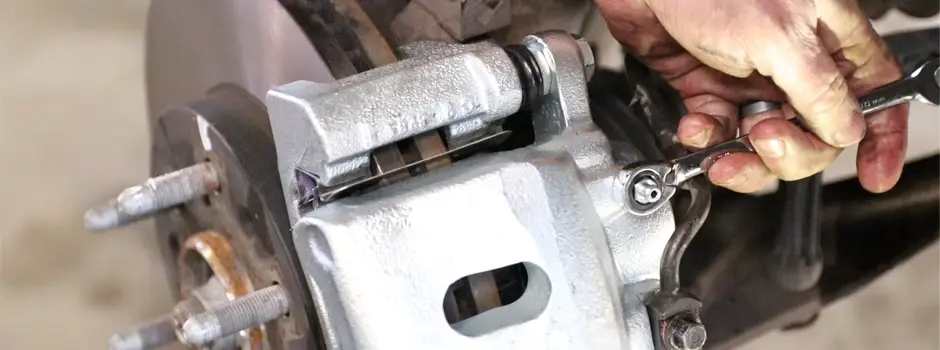
The Importance of Regular Brake Maintenance
The brake fluid in your vehicle will eventually go bad. When it does, it can decrease your stopping power, putting you and those around you at risk. With an annual brake check (or when recommended by the manufacturer) and a brake fluid replacement every two to three years, you can get problems fixed before they become an issue. Plus, preemptive brake maintenance can save you money by protecting the other parts of your braking system.
Some signs your brakes could be going bad include:
- One of your brake lights appears on the dash
- Squealing or squeaking noises coming from your brakes
- Grinding noises
- Wobbling, vibrating, or pulsing when braking
- Leaking brake fluid
- Soft or spongy brakes
- Vehicle pulling to one side when braking
- Burning smell coming from your brakes
We have some tips to help you decide if you really need brake servicing. If you’re still not sure, stop by Les Schwab for a free visual inspection.
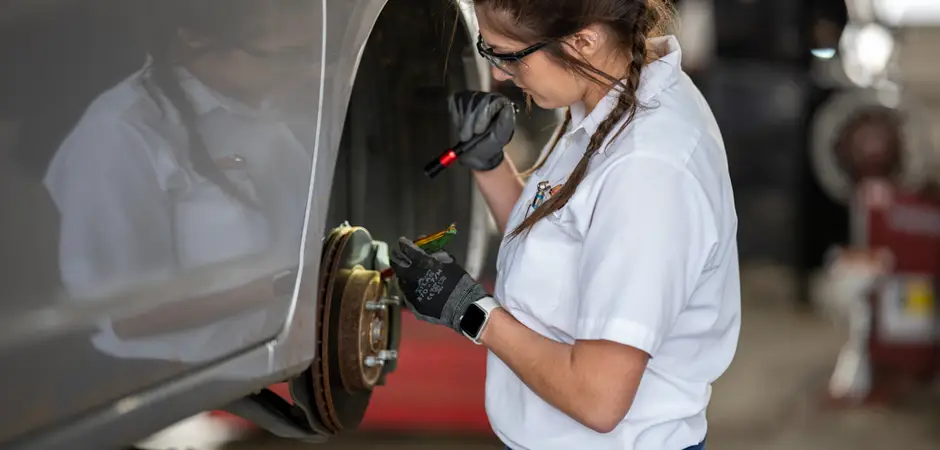
Not Sure About Your Brakes? Les Schwab Can Help
Your brakes have a lot of moving parts and specialized fluids. The professionals at Les Schwab understand and can thoroughly inspect, diagnose, and make recommendations. We’ll tell you if the sounds, smells, or spongy brake pedal are something simple like a rock in the caliper or more serious, such as a warped rotor or contaminated brake fluid. Check out these possible brake issues and then schedule an appointment at your local Les Schwab.
Book Your Brake Service Appointment for Peace of Mind
The brakes on your car or truck keep you and your family safe. Keep those brakes in good working order, including brake bleeding and fluid flushing, with a quick trip to Les Schwab. Book a free pre-trip safety check today or stop by any location.
What you need to know
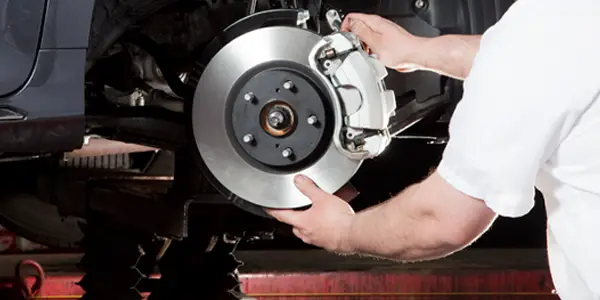
Understanding Brake Shoes vs. Brake Pads
Understand the differences between brake shoes vs. brake pads and what each of these brake components do to maintain your safety on the road with this Les Schwab guide.
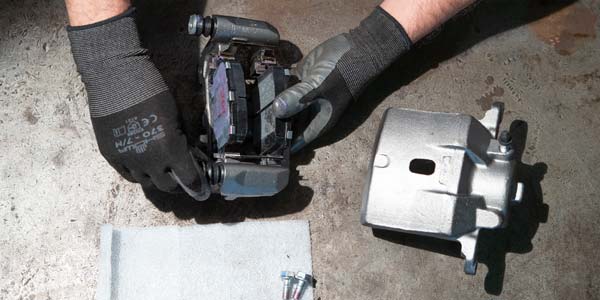
Why We Replace Calipers With Your Brake Service
When brakes wear out, you want to replace more than just the worn-out brake pads. Here’s why we replace brake calipers as part of our brake service.
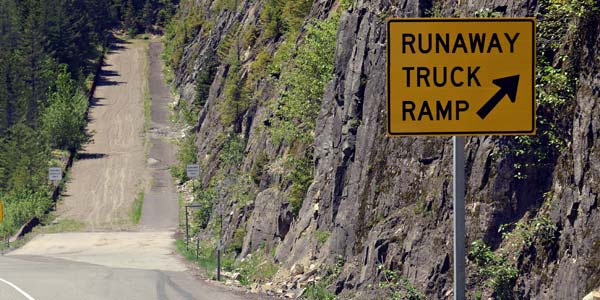
Do I Really Need Brake Service?
Brake problem symptoms have a lot of overlap with other car repair symptoms. The solution may be as simple as removing a trapped rock or you may need full brake service.

